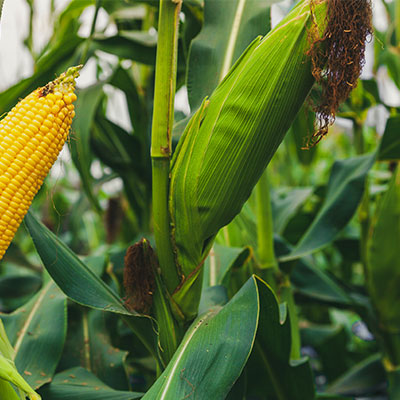Porto Alegre, January 17, 2023 – While waiting for the definition of production in Rio Grande do Sul and Argentina, the Brazilian domestic market has a real situation, that is, the excess of exports and the decline in internal stocks. In this context, the market is eager for regional harvests and the possibility of being supplied for as long as possible, bearing in mind that corn with more affordable prices will only come up in July with the second crop. The slow start of the soybean harvest, due to constant rains in most parts of the country, ends up helping the market to have some more time for some sales of old corn, still in warehouses, and the first batches of the new crop, without difficulties in logistics. However, supply in the first half of the year is really worrying as exports seem to remain strong, even in February.
The harvest of Brazil’s 22/23 season is starting, but at a slower pace than expected. Initial planting delays due to little rain, cold spring temperatures, and now heavy rain prolong the crop cycle a little. This will help the soymeal market not to decline prices so quickly and the international market not to measure the Brazilian selling pressure with the beginning of the harvest. But it also helps corn to find space in logistics for the sale of lots remaining from the old crop and the first regional harvests. With the rains, corn harvests must also be delayed in much of the South and Southeast. Therefore, there will not be enough corn volume in the short term to meet the entire internal demand.
For the time being, everything that is reaped in western Rio Grande do Sul is finding rapid demand, involving the crops that were least damaged by the drought. Therefore, there are still yield averages between 50 and 100 bags, and in some locations closer to the border with Santa Catarina even above that. Therefore, one should be careful with too high projections for losses.
These losses concentrated in Rio Grande do Sul would not be a serious problem if exports had not exceeded all limits until now. With shipments in the first week of January, the official number from Secex already reached 43.6 mln tons. However, January now has a line-up of 5.4 mln tons, so taking Brazilian exports to the level of 48 mln tons between February/22 and January/23, which is really surprising. The most important thing is that no scheduled shipment was registered for Rio Grande do Sul, which must take place in February. By the way, February has already reached 900 thousand tons in the schedule and only with volumes from Paraná and ports in the North.
Stocks are falling to worrying levels for the Brazilian domestic market. Warnings have been issued since November, but the domestic market seems to ignore any risk of this export cycle and, once again, prefers to believe that the summer crop alone will be enough to meet all of the domestic demand until the start of the second crop, without any price fluctuations. Consumers seem to be interested in bringing back the supply chaos registered in 2016. The domestic corn supply picture will quite change when the soybean harvest intensifies.
Follow the Safras Agency on our website. Also follow us on our Instagram and Twitter and stay on top of the main agribusiness news!
Copyright 2023 – Grupo CMA

